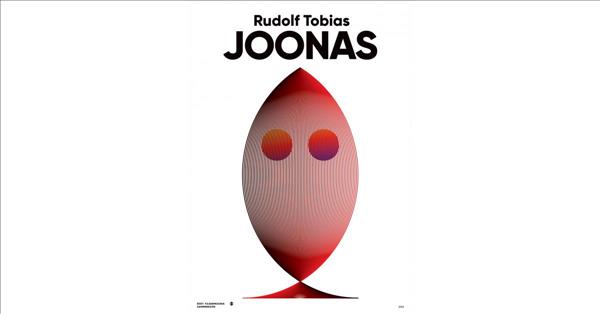How this blockchain network is taking back power

Many know EOS as the blockchain that raised $4.1 billion in its initial coin offering back in 2018 and faded into the shadows. After the EOS community fought a fierce battle to take back power, the community formed the EOS Network Foundation led by community-minded CEO Yves La Rosa. He sat down with Jessica Abo to talk about how the EOS Network Foundation is building a new future.
Jessica Abo: Yves, before we get into what you’re building, I want to go back in time. Your blockchain network was on the sidelines for more than four years and has made a dramatic comeback. How did you get to this point?
Yves La Rosa:
After four years of essential stagnation, the community came together and essentially chose and reached a consensus to create a centralized entity called ENF, the EOS Network Foundation, as a steward of the network to efficiently distribute capital and move the network forward.
ENF is an example of a Decentralized Autonomous Organization (DAO) that fulfills its promise as a management and governance structure that is controlled by the community and not by a single person or a few leaders. Can you explain the main advantages of a DAO over traditional management structures?
In traditional management structures, there is usually a top-down approach. One of the advantages of that is that things can be extremely efficient, they can be centralized, decisions can be made quickly and the organizations can usually move very quickly because the time it takes to make decisions can be quite fast.
In DAO, much of the decision-making process is spread out to those in the organization who are better positioned to make decisions. EOS as arguably one of the largest DAOs on the planet is structured in a way to leverage the functionalities of the blockchain in a very efficient way, but in a very efficient way to come together, reach consensus and move the network forward. It actually puts power back into the hands of the people or community on the network. As such, they are able to participate in the governance, they are able to direct where the network will go as a whole and move more efficiently that way.
It sounds like you really believe that a commercial entity can be governed democratically by a community, but what would you say to the skeptics?
One of the downsides of a DAO is that it can be incredibly chaotic, and that was one of the problems that you mentioned in the last couple of years with EOS, is that when you’re too decentralized, it can effectively cripple an organization where the network itself or the device itself is in such a state that it cannot move forward due to the far-reaching decentralization. In our case, it’s reintroducing some centralization to that process, but within a responsible framework to ensure that the DAO essentially remains at the forefront of the entity, which is what we strive to do and we still strive to do daily. .
Do you think it is a contradiction for a DAO to have a CEO?
In a way it is. I am the CEO of the centralized entity that is the EOS Network Foundation. But we’re at a point where we’re essentially stewards of the network, and through accountability in the chain, we can be removed at any time. Essentially, the incentives are adjusted so that the entity representing the network must actually do the bidding, let’s say, for the network as a whole. And if it doesn’t, if those incentives disagree, then it’s a very simple process in the chain for either the entity to be removed or for myself, for example, to be removed.
Looking ahead, what do you hope the foundation achieves?
In the last year that the EOS Network Foundation has been in place, we have essentially stabilized the ecosystem. We’ve come in and taken care of the things that have been missing for the last couple of years, mainly developer outreach, developer funding, community funding, community outreach, a lot of the marketing, the branding around the EOS network.
In year two, what we’re doing right now is focusing on that growth side of things. We are expanding very much around the world in terms of employees, in terms of location, in terms of presence on the ground. And we’re definitely deploying a lot of capital and being able to leverage the tooling that we have, the backend tooling that’s been driving the network for the last couple of years, really amplifying that through that business development side.
What advice do you have for crypto newbies out there? Where do you start?
If it’s something that interests you, just start reading up on it and you’ll find that within this blockchain space there are many different flavors that may appeal to different people in terms of what attracts you, what about this technology or whether This space may be right for you and just really dive in.
One of the things is that it’s very easy to fall down that rabbit hole of information because there’s so much out there. One of the great things about this place is that it is so new that there are very few people here. Being able to deploy time and energy, and if you actually focus within a relatively short period of time, you can have a niche in this space. Essentially, create something for yourself that very few or no one has, that has been created before.
And what’s one way people can take their participation to the next level?
Get involved in a room. Join the circle. The space is so new, there is room to grow, there is room for everyone.

























